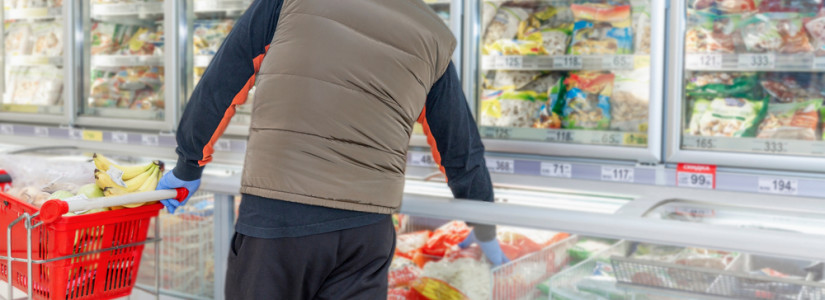How "Food Deserts" Affect the Ability to Eat Healthfully
Every couple of years, the federal government updates its nutritional guidelines for Americans. National health surveys also take a look at American eating habits, body mass index (BMI), access to nutrition and how frequently Americans exercise. For many people, access to healthy, fresh food is taken for granted.
Although a majority of Americans can easily get to a grocery store or farmer's market or have groceries delivered to their homes, there is a considerable number of people who don't have this access. People without access to a grocery store live in what's called a "food desert."
This type of food insecurity is pervasive in rural areas as well as underserved urban areas. A study by the University of Wisconsin at Madison released on March 26 revealed that the prevalence of food deserts is rising in communities across the United States. R
ead on to learn how food deserts affect a person's ability to eat a healthy diet and how that impacts the rest of their life.
Causes of Food Insecurity
There are many causes of food insecurity in the United States. Insufficient income is a leading cause. Nutritious food isn't cheap. Difficulty with applying for federal and state food benefits is another reason why people are food-insecure. They may apply once for SNAP or WIC only to be denied. This deters people from applying again. Some people might not have internet access to apply for help. Others may not be able to read or complete the applications to request assistance. A person might receive assistance for one or two months, then become ineligible for these income-based programs. Others may fear applying for help because they worry it will affect other parts of their lives. What's often overlooked is a person's physical proximity to a grocery store.
Food Deserts in the USA
If a person doesn't have transportation, they would have to pay for a ride to get to a grocery store or farmer's market. Not all communities have mass transit. Even if they do, it's not easy to carry a box or several bags of food on the bus or subway. Walking home with more than one or two bags of food can also be a challenge. A person with a disability may be unable to do this. Foul weather also impedes walking to a store. A person may not be able to afford an Uber, Lyft or taxi to the grocery store. In rural areas, these services aren't always available.
Cities Without Grocery Stores
Even in large cities, it's not always easy to get to a grocery store. For example, the University of Wisconsin at Madison's campus is located close to many cafes and restaurants. However, there aren't many grocery stores in walking distance. There are just a couple of convenience stores, and those don't offer fresh produce, meat or dairy. They mostly offer snacks and soda. This puts young people in the city in a food desert type of situation.
Who Is Affected the Most By Food Deserts
Young people without transportation are affected by food deserts. College students who live in off-campus apartments often don't have a car to drive to a store. Elderly people may also have transportation issues or disabilities that make it difficult to get to a store. People of color are disproportionately affected by food deserts.
Why Food Deserts Are a Serious Issue
A fast-food diet leads to obesity and chronic diseases, including diabetes and heart disease. It also increases the risk of stroke, heart attack and kidney disease. Limited access to fresh or frozen fruits and vegetables also leads to nutritional deficiencies. A person might get enough or even too many calories, but they may be lacking in essential nutrients. When people only have a fast-food restaurant or a corner store with snacks and soda, this perpetuates the cycle of creating more demand for unhealthy food.
Food Education As a Way of Ending Food Deserts
Some urban leaders are trying to educate children about nutrition. They're doing this as a way to combat food deserts. Kids learn about dietary goals and the food pyramid. However, kids aren't the ones who do the grocery shopping. If there's no store to buy those five daily servings of fruit and veggies, the kids won't be able to eat healthfully. The best program won't be able to make an impact unless there is a source of affordable, fresh and healthy food available.












